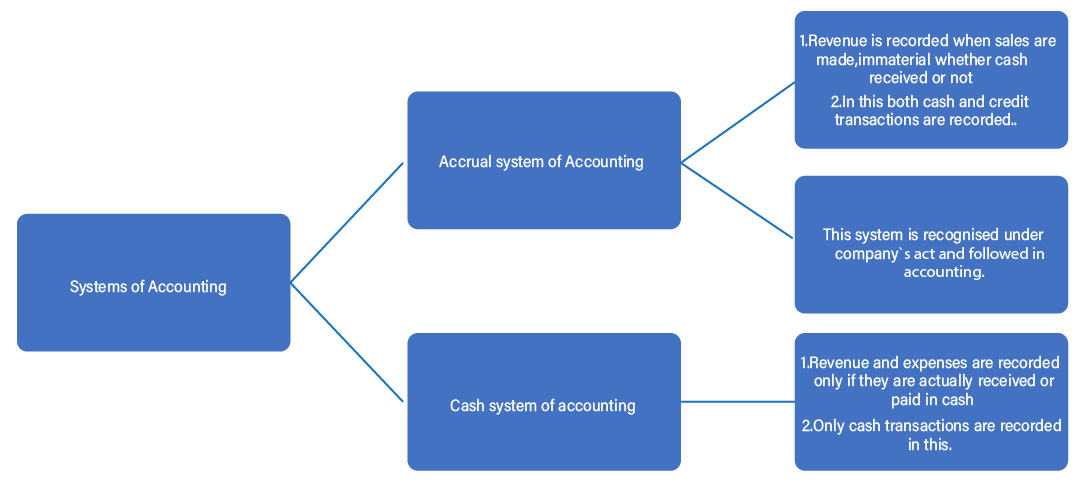Class 11 Accountancy Chapter 2 Theory Base of Accounting Notes - FREE PDF Download
FAQs on Theory Base of Accounting Class 11 Notes: CBSE Accountancy Chapter 2
1. What are the key principles in Theory Base of Accounting Class 11 Notes?
Class 11 Accountancy Chapter 2 focuses on fundamental accounting principles such as the Going Concern Concept, Consistency Concept, and Accrual Concept. These principles are crucial for accurate financial reporting and analysis.
2. What is the Going Concern Concept in Class 11 Accounting Chapter 2?
The Going Concern Concept assumes that a business will continue to operate indefinitely. This principle is essential for recording assets and liabilities as it assumes the business will not be liquidated soon.
3. Why is the Consistency Concept important in Class 11 financial accounting?
The Consistency Concept ensures that a business uses the same accounting methods consistently across periods. This consistency is key for reliable financial comparisons and accurate analysis of financial statements.
4. How does the Accrual Concept affect financial reporting from the Class 11 Accountancy Chapter 2?
As we discussed in Class 11 Chapter 2, The Accrual Concept mandates that revenues and expenses be recorded when they occur, not when cash is received or paid. This principle ensures financial statements reflect a company’s true financial performance.
5. What distinguishes Accounting Principles from Accounting Conventions?
Accounting Principles are fundamental rules, such as the Going Concern and Accrual Concepts, guiding financial reporting. Accounting Conventions, like Conservatism and Materiality, are practices for handling specific accounting situations.
6. What is the Conservatism Convention in Class 11 Accounting Chapter 2?
The Conservatism Convention advises recognising potential expenses and liabilities promptly while recognising revenues only when assured. This approach helps avoid overstatement of financial health.
7. How does the Materiality Convention impact financial statements?
As discussed in Class 11 Accounts Chapter 2 Notes, The Materiality Convention suggests including financial information if its omission or misstatement could influence users' decisions. This convention ensures significant information is accurately reported.
8. Why is mastering the accounting concepts of Chapter 2 Theory Base of Accounting crucial for Class 11 exams?
Understanding key accounting concepts is essential for solving problems accurately and performing well in exams. Mastery of these principles helps in applying them effectively to exam questions.
9. How can practise questions benefit my study for this chapter?
Practice questions reinforce understanding by applying concepts to various scenarios. They help identify weak areas and improve problem-solving skills, making them a valuable tool for exam preparation.
10. What are the best strategies for revising Chapter 2 of Class 11 Accounting Principles Class 11 Notes?
Effective revision strategies include creating summary notes, using visual aids like charts and diagrams, regular review sessions, and discussing concepts with peers. Consistent practice and revision are key to mastering the chapter and succeeding in exams.

























